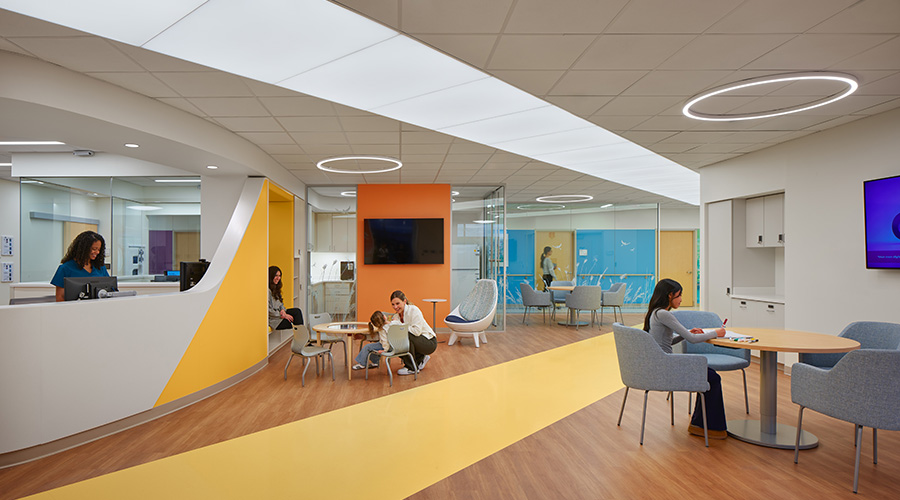Standardization of healthcare protocols and procedures is an established practice that helps create a safer and more affordable patient culture. Today, the standardization trend is expanding as healthcare facilities nationwide are realizing the benefits of creating uniformity in non-clinical services including physical security services. The standardization of security:
• Positions healthcare institutions for greater cost savings
• Streamlines operations and creates efficiencies in service so that managers can spend less time managing their contract providers
• Allows for consistent invoicing, communications and personnel management program-wide
• Builds confidence in your staff that their safety is your priority because consistent procedures are in place and supported by the whole organization
• Leads to more positive experiences for patients and better patient satisfaction scores
• Frees up valuable space for patient care by moving to one master incident command center for emergency response
• Allows security officers to be cross-trained to provide services at more than one location, helping to ensure that excellent customer service is provided every day, at every location
• Creates positive, safe environments through consistent training, reporting procedures and security measures, and lessons learned from emergency planning and drills can be shared across the system
More healthcare institutions are opting to streamline and centralize their security officer services because consolidating security providers delivers consistency and improved service as everyone is functioning under the same management structure and working toward a common goal. Health systems can experience cost efficiencies, increased value and a stronger, better coordinated approach to security that leads to enhanced patient and staff satisfaction.
As many healthcare companies add acute care hospitals, behavioral health centers, surgical hospitals, ambulatory surgery centers and radiation oncology centers, they should consider leveraging their size to gain value and operational efficiencies while creating safer and more secure environments.
Bukowski is the vice president of healthcare, AlliedBarton Security Services.

 Contaminants Under Foot: A Closer Look at Patient Room Floors
Contaminants Under Foot: A Closer Look at Patient Room Floors Power Outages Largely Driven by Extreme Weather Events
Power Outages Largely Driven by Extreme Weather Events Nemours Children's Health Opens New Moseley Foundation Institute Hospital
Nemours Children's Health Opens New Moseley Foundation Institute Hospital Code Compliance Isn't Enough for Healthcare Resilience
Code Compliance Isn't Enough for Healthcare Resilience Ribbon Cutting Marks First Phase Completion for New Montefiore Einstein Facility
Ribbon Cutting Marks First Phase Completion for New Montefiore Einstein Facility